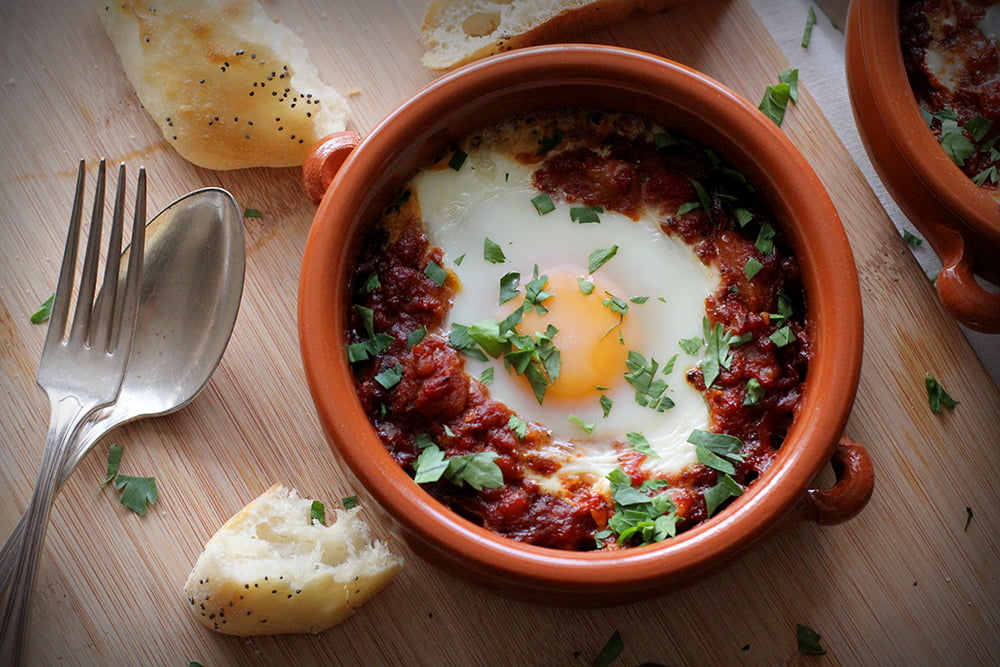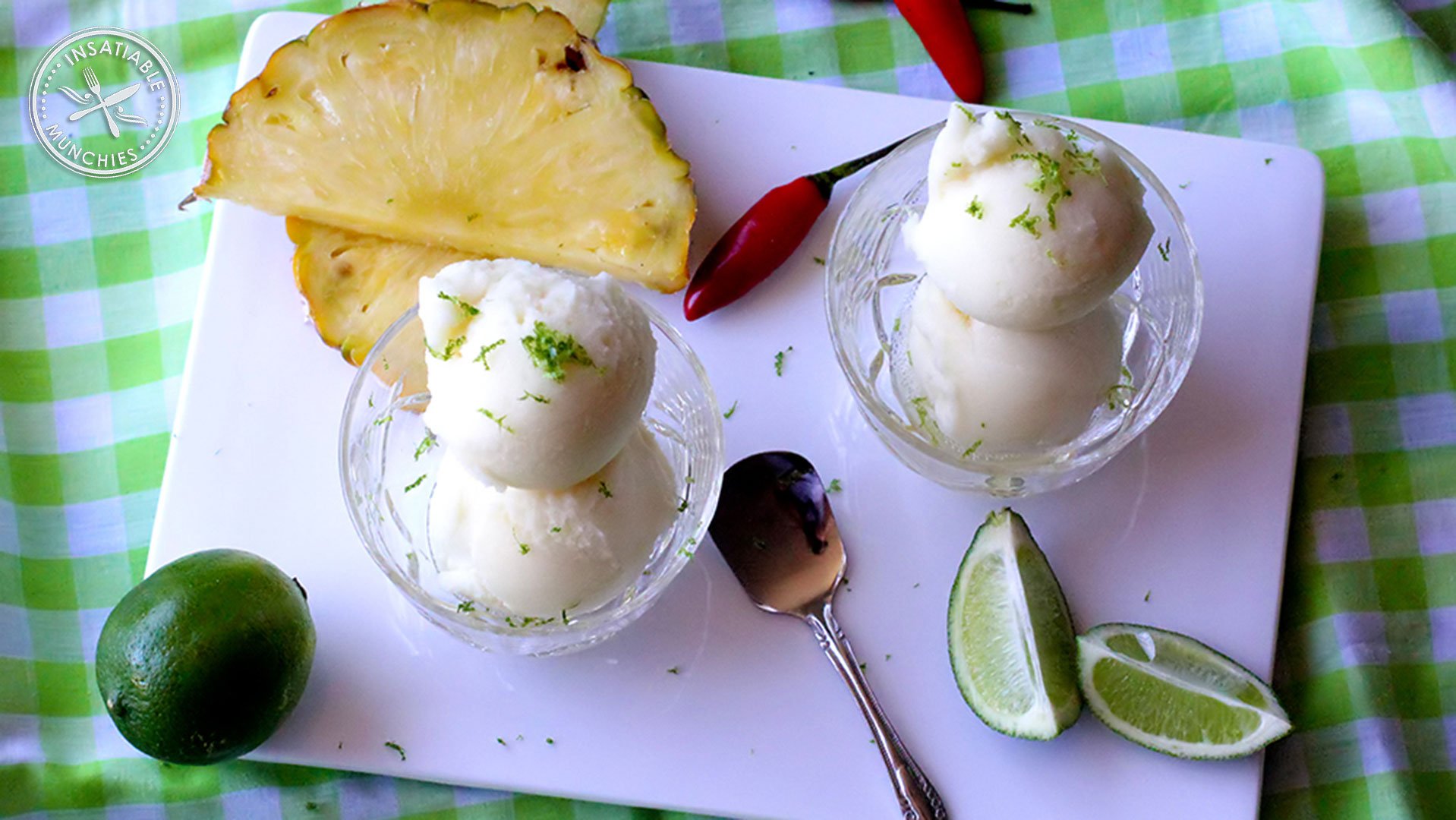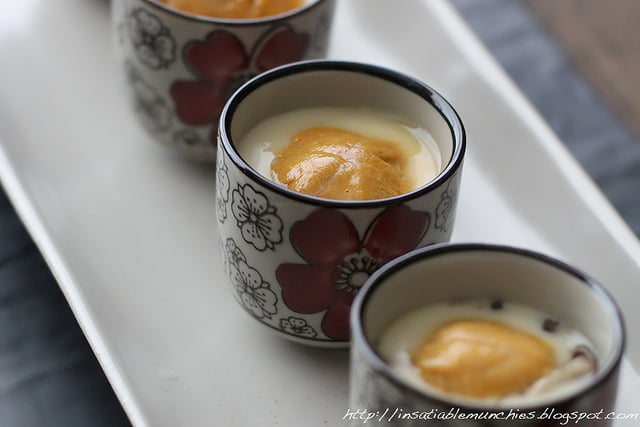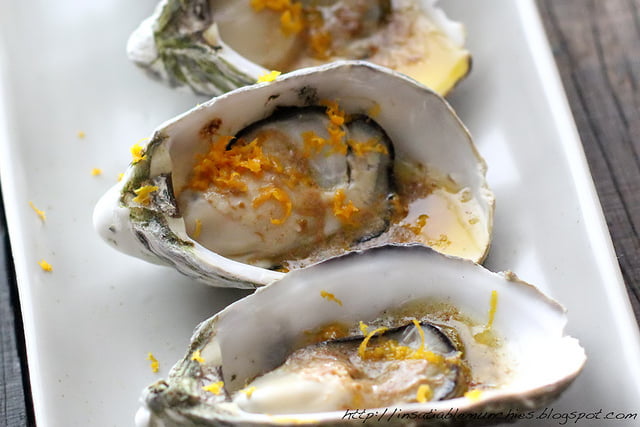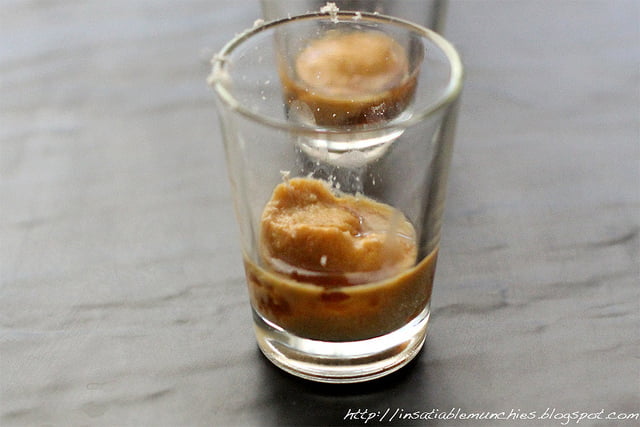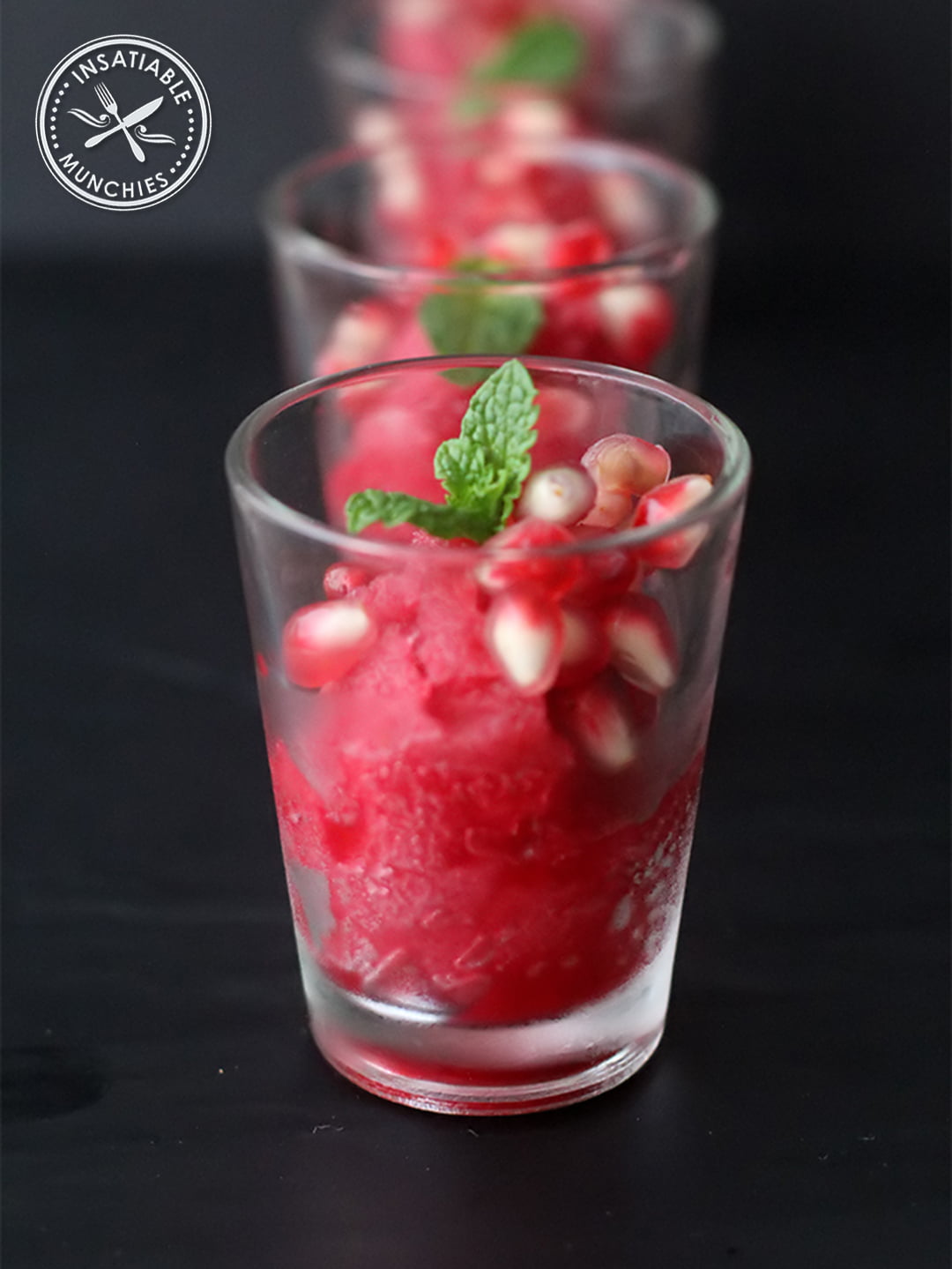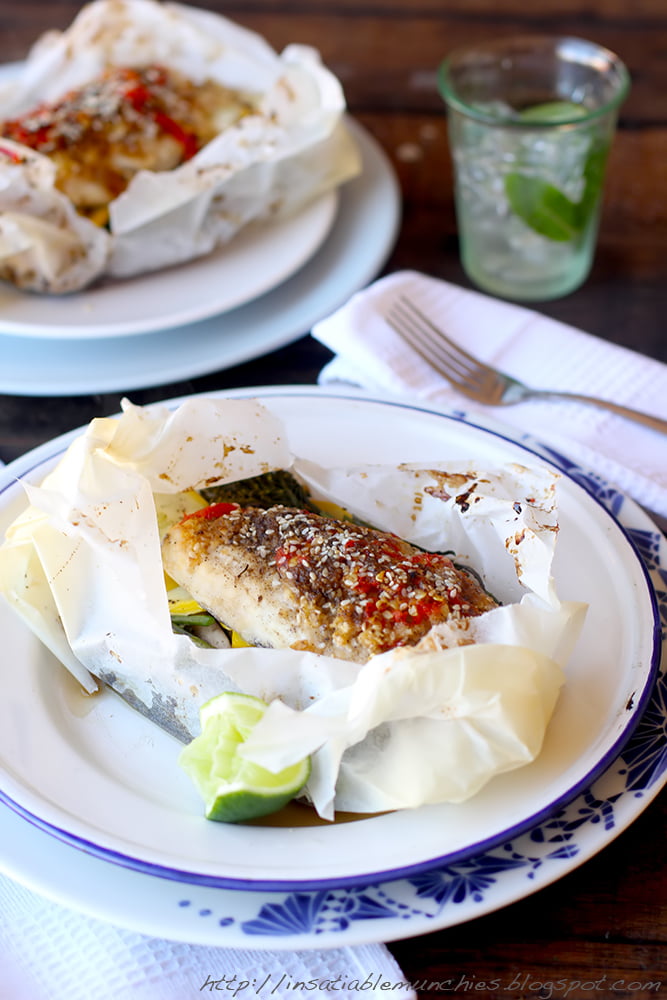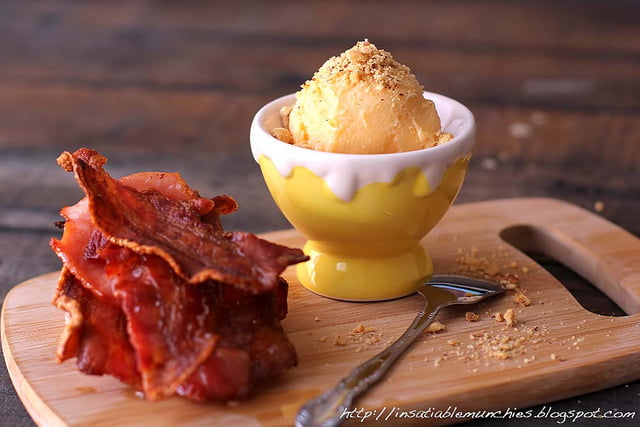It’s Sunday morning, and despite your best efforts to sleep in, your stomach starts rumbling. You have a dream. A dream that magically, with minimal effort, you can have an enjoyable brunch with an oozing egg, hearty beans, but also looks like you’ve slaved over a hot stove.
Well, you don’t have to look too far.
Read More
